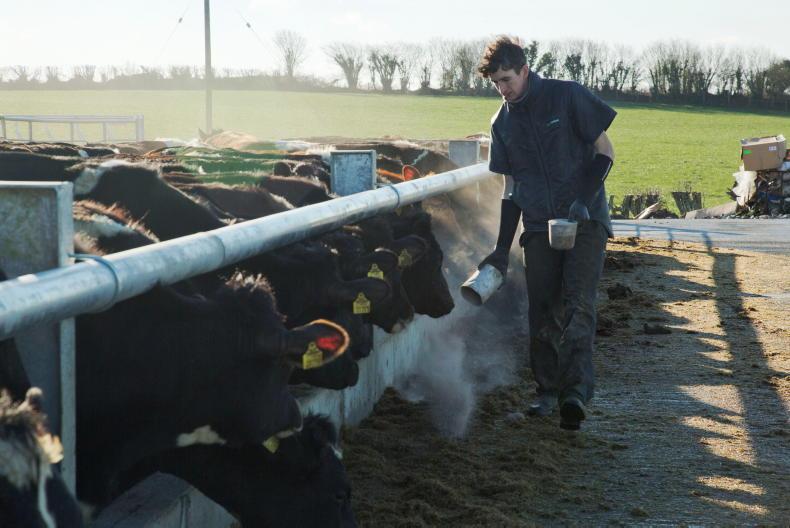Coming into the Christmas period, many herds have dried up over the last few weeks. With this in mind, getting cows conditioned for the fast-approaching calving season is the focus for the next few weeks.
Getting the mineral status of cows right is something that can often be overlooked.
While cows are on their holiday period for the next month, farmers can also take the foot off the pedal.
While a break is well deserved, getting the mineral status of cows right could save farmers a lot of unwanted work in an already busy spring period.
Milk fever, ketosis, difficulties around calving and mastitis are all sure signs of a mineral imbalance in dairy cows. These problems come at such a crucial stage in the lactation, forming a basis for animal health and fertility for the year.
Silage testing
It all comes back to the old saying, you can’t manage what you don’t measure.
2023 was a challenging year to say the least. First cut came OK for any given year, but a lot of second-cut silage had a lot of dead material and low DMD.
That being said, testing silage is step one to finding out what needs to be supplemented.
If it’s known what level of macro and micro minerals cows are getting from silage, the amount of supplementation from dry cow minerals can then be calculated.
To use magnesium (Mg) as an example. If the silage test comes back with 0.16% Mg and a cow eats 11kg DM on average, then the cow will take 1.76g of Mg from silage a day over the dry period.
That cow needs 40g-plus of Mg/day. On a 120g per cow per day feeding rate, the mineral mix should make up at least 25% of Mg to reach the cow’s demand.
This is where an adviser, vet or nutritionist comes into play. They can help make up the correct mix to suit the silage results at hand.
Macro
The main macro minerals pre-calving consist of magnesium (Mg), calcium (Ca), phosphorus (P) and iodine (I).
Composition of each mineral should be determined from silage tests, but, as a general rule of thumb, farmers should intend to have these rates around the following:
Each mineral has an important role to play in the lead-up to calving.
Magnesium helps with the cow’s metabolism and increases absorption of calcium around calving. Iodine acts as a catalyst for metabolism as it makes the hormones required for metabolism.
Keeping calcium levels low pre-calving forces cows to make her own calcium. When there is a sudden increase in milk production when the cow calves, her need for calcium increases 400%.
Similarly, keeping a low phosphorus level in the diet pre-calving is important, as phosphorus restricts calcium uptake.
Potassium (K) is another macro mineral which slows down metabolism of calcium. There can often be high K in silage.
Coming back to silage testing, again it is important, as actions can be taken between now and calving to reduce K in the cow’s diet. Adding CalMag or CalMag sweeteners to the cows diet can be helpful.
Trace elements
Also known as micro minerals, trace elements are also an important part of a cow’s diet ahead of the calving season. Trace elements such as copper, selenium and zinc, along with vitamins, all make up dry cow minerals.
Copper, selenium and zinc are all low in Irish silage tests, meaning it's essential to include them in supplementation. Copper is important for cows’ fertility and growth, as it is required for different functions of proteins.
Selenium is required to support the calf’s immune system while it is still in the cow's womb.
Selenium also needs vitamin E to work, as they both work in symbiosis with each other.
Zinc has a part to play in metabolism and immunity, having a big impact on mastitis and hoof health.
Key tips for feeding dry cow minerals this winter
